Analysis: From Skydio’s drone delivery in Ukraine to aid scandals in Gaza and Syria, USAID is facing a credibility and security crisis
In July 2023, USAID helped deliver nine U.S.-made Skydio drones to Ukraine to assist in documenting Russian war crimes. The initiative was celebrated as a fusion of American innovation and humanitarian aid. A year later, the picture has changed. With USAID facing allegations of negligence, aid diversion, and links to terrorist groups through its partner NGOs, the same program now highlights an uncomfortable truth: even well-intentioned technology can become a liability when deployed through a broken system.
A Drone Donation with High Stakes
When USAID delivered nine Skydio 2+ drones to Ukraine’s Prosecutor General’s Office, the goal was straightforward—assist in documenting the war’s atrocities. These drones, equipped with 4K cameras and autonomous navigation, were donated by California-based Skydio and reported to have supported investigations at more than 80 shelling sites and 100 civilian locations. It was a high-profile success story, offering a counter-narrative to China’s dominance in drone markets and showcasing what secure, American-made technology could achieve.
However, national security experts warned at the time—and continue to warn—that such aid, especially when delivered in conflict zones with limited oversight, carries significant risk. National security expert Sean McFate has warned that once drones are introduced into conflict zones without strong oversight, they can quickly become untraceable. Insurgent groups often exploit donated or lightly regulated technologies, he has noted, because they’re cheap, effective, and difficult to control. McFate emphasizes that simply labeling a drone as “humanitarian” doesn’t eliminate the risk of its misuse.
“Shadow war is attractive to anyone who wants to wage war without consequences, and that’s everyone. That is why it will grow.” —Sean McFate, The New Rules of War (p. 246)
Oversight Failures and NGO Diversions
Skydio’s delivery to Ukraine is only one instance in a broader USAID strategy that has increasingly relied on third-party NGOs and subcontractors to distribute assistance. In conflict zones such as Gaza, Syria, and parts of Africa, the agency’s opaque vetting practices and limited field-level accountability have allowed hundreds of millions of dollars in U.S. assistance to reach problematic organizations.
A February 2025 memo from USAID’s Office of Inspector General (OIG) warned that major missions lacked documented fraud risk assessments. Despite years of internal pressure, the agency has not implemented a standardized monitoring system across high-risk countries. This absence of basic safeguards has allowed organizations with ties to Hamas, the Al-Nusrah Front, and Hezbollah to receive funding or resources indirectly through local affiliates.
In Syria, a 2024 federal indictment charged a USAID-funded NGO director with redirecting $9 million in taxpayer-funded aid to Al-Nusrah Front, a U.S.-designated terrorist organization. The organization had allegedly obscured its end-use documentation while working under a subcontractor. In Gaza, the situation became even more politically charged. In early 2025, a USAID official fast-tracked a $30 million grant to the Gaza Humanitarian Foundation (GHF) by waiving nine internal vetting and counterterrorism protocols. According to internal records and reporting from Reuters, 58 USAID employees raised concerns about the group’s transparency and affiliations—concerns that were ultimately ignored.
Arrests of Aid Workers Raise New Questions
Beyond failed audits and diverted funds, multiple arrests of current or former USAID grantees and associated staff have heightened national security concerns. These cases demonstrate that USAID’s Partner Vetting System—designed to prevent funds from reaching terrorists or criminals—is either inconsistently applied or insufficient.
In Gaza, the U.S. confirmed that at least 17 current or former employees of the United Nations Relief and Works Agency (UNRWA), which receives USAID support, had ties to Hamas or participated in the October 7 attacks on Israeli civilians. The scandal triggered widespread calls for oversight reform and temporarily froze funding to UNRWA.
In Syria, NGO directors with ties to U.S. contracts were arrested for terror financing and material support to extremist groups. A notable case involved a logistics contractor that managed drone and surveillance equipment purchases, including from U.S. vendors, under a subcontracted USAID program.
Even domestically, the optics have worsened. In June 2025, a terror suspect arrested in Colorado had in his possession documents believed to be USAID procurement forms. While investigators have not confirmed whether the documents were real or part of a fraudulent scheme, their discovery raised questions about how sensitive operational paperwork could appear in the possession of individuals with suspected violent intentions.
These cases reveal a systemic flaw in how USAID tracks personnel, documents, and technology. Without stronger controls, aid intended to save lives may inadvertently be arming or enabling actors that threaten American allies—and potentially American lives.
How the Skydio Drone Case Fits into the Bigger Picture
While there is no public evidence that Skydio’s drones were misused or diverted, the company’s involvement with USAID makes it part of a broader debate over the security of U.S.-sourced technology in war zones. Skydio’s rapid rise as a domestic alternative to Chinese drone makers like DJI has earned it major contracts with the Department of Defense, public safety agencies, and federal partners.
However, its partnership with USAID—an agency now under growing scrutiny—exposes the company to reputational risks and regulatory questions. Arthur Holland Michel, founder of the Center for the Study of the Drone and author of Eyes in the Sky, warned that American companies must become more proactive about end-use accountability. Michel has argued that the deployment of advanced unmanned technologies must be matched with equally robust oversight mechanisms.
“One of the concerns about this technology is that it won’t be compromised when it’s airborne but rather that it will be compromised once the data is on the ground. If someone hacks into that, they’re able to zoom in on their house and see where their wife went in the morning,” —Arthur Holland Michel, Carnegie Council, June 1, 2019
Companies that partner with federal aid agencies must now contend with the reality that technology once seen as purely beneficial can become dual-use in volatile regions. Without clear end-user monitoring, tamper detection, and legal requirements for audits, even an NDAA-compliant drone could become a tool for militants, criminal networks, or proxy forces.
Hamas’s Use of Drones in Warfare
Hamas has increasingly incorporated drones into its military operations. Notably, during the October 7, 2023, attacks, Hamas’s military wing, the Izz ad-Din al-Qassam Brigades, released footage showing drones targeting Israeli military positions. These drones were employed to disable communications towers and ambush Israeli forces, demonstrating a strategic use of aerial capabilities to disrupt enemy operations. — Reported by Business Insider
In addition to these tactics, Hamas has developed and deployed various drone models, such as the Ababeel-1 and Shehab drones, which are believed to have been influenced by Iranian drone technology. These drones have been used for surveillance, reconnaissance, and potentially for launching attacks, indicating a growing sophistication in Hamas’s unmanned aerial capabilities. — Reported by Wired Magazine
Reverse Engineering of Captured Israeli Drones
There are credible reports that Hamas has captured and repurposed Israeli drones. For instance, in 2015, Hamas claimed to have captured an Israeli Skylark I UAV, which they reportedly disassembled, analyzed, and reassembled for their own use . More recently, in December 2024, Hamas announced the capture of three Israeli quadcopter drones in Rafah, which were allegedly seized during reconnaissance missions and subsequently repurposed for Hamas’s operations.
These instances suggest that Hamas not only employs drones in combat but also possesses the capability to reverse-engineer and adapt advanced technology for its own military objectives.
National Security at Risk
What these developments reveal is more than a bureaucratic lapse. They point to a national security vulnerability—one where emerging technology, layered partnerships, and inconsistent oversight converge. As more equipment is pushed into contested environments through U.S. aid channels, adversaries increasingly have the opportunity to study, reverse engineer, or repurpose American tools and tactics.
This goes beyond drones. It includes communications systems, satellite links, software licenses, and logistical tools. What binds them together is the assumption—now deeply flawed—that American oversight is strong enough to prevent their misuse. The arrests of aid workers, the waiver of counter-terror protocols, and the silence around diverted hardware suggest otherwise.
Trump Administration Slashed USAID Programs Over National Security Concerns
In 2025, the Trump administration froze all foreign aid for review, citing national security and waste concerns. Secretary of State Marco Rubio later announced the termination of more than 80% of USAID’s programs, saying many lacked oversight and risked undermining U.S. interests. The cuts marked the largest rollback in USAID’s history, consolidating remaining projects under tighter State Department control.
Path Forward: From Transparency to Trust
Experts across defense, technology, and humanitarian sectors continue to call for urgent reforms. While proposals range from embedding GPS telemetry in drone hardware to requiring mission-completion documentation validated by independent third parties, a growing concern involves the lobbying influence surrounding USAID funding lines and foreign-advice programming.
An investigation by The Guardian found that, in response to U.S. cuts, several low-income countries—including Somalia, Haiti, Yemen, and the DRC—hired Washington lobbyists with ties to President Trump to secure aid contracts, exchanging critical resources such as minerals and ports access in return. Such activity raises red flags: when lobbying becomes the route to assistance, development aid risks being intertwined with geopolitical bargaining, potentially prompting opaque deals that undermine both oversight and security.
Texas Sen. Ted Cruz recently alleged that USAID “flowed uncountable hundreds of millions of dollars toward Hamas” under the guise of humanitarian aid, accusing the agency of circumventing anti-terror safeguards and downplaying internal warnings. Such allegations underscore the risk of aid being subject not to transparent vetting, but to behind-the-scenes influence and political negotiation.
Until Congress and USAID commit to enforceable reforms—including real-time tracking, robust back-end audits, and publicly accessible partner records—companies like Skydio remain vulnerable. National security is not simply jeopardized by stolen hardware in the field, but also by opaque lobbying and compromised funding channels that erode trust, reduce accountability, and open the door for adversaries to manipulate U.S. aid.
What began as humanitarian technology may ultimately expose U.S. strategic vulnerabilities. Without a comprehensive, enforceable framework linking technology deployment, financial transparency, and political lobbying, the next aid delivery—whether a drone, data feed, or digital platform—could carry a deeper cost than anticipated.
Featured photo courtesy of Skydio.
The views and opinions expressed in this article are those of the author and do not necessarily reflect the official policy, position, or views of DroneXL, its editors, affiliates, or sponsors. This content is provided for informational purposes only and should not be construed as professional advice. DroneXL assumes no responsibility or liability for any errors, omissions, or actions taken based on the information presented herein. Readers are encouraged to verify facts independently and consult experts as needed.
Discover more from DroneXL.co
Subscribe to get the latest posts sent to your email.
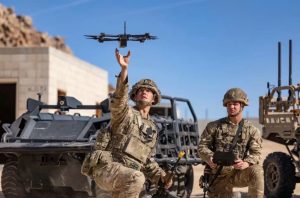

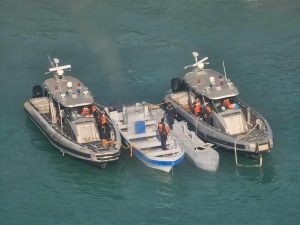
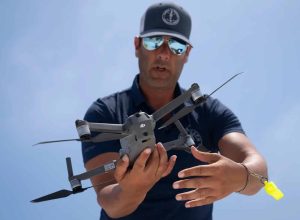

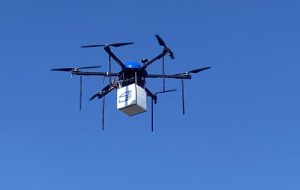


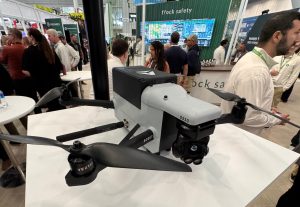
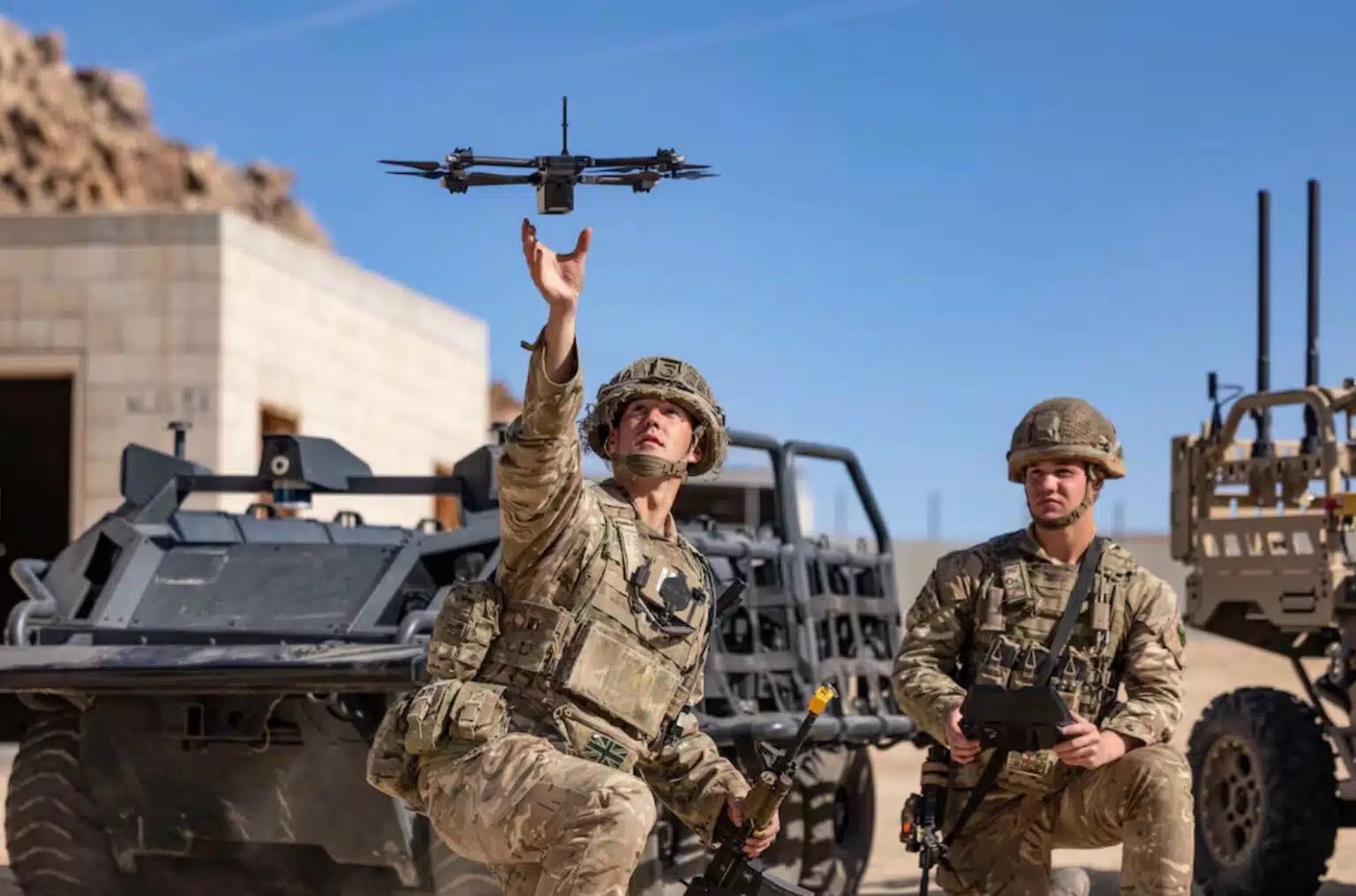

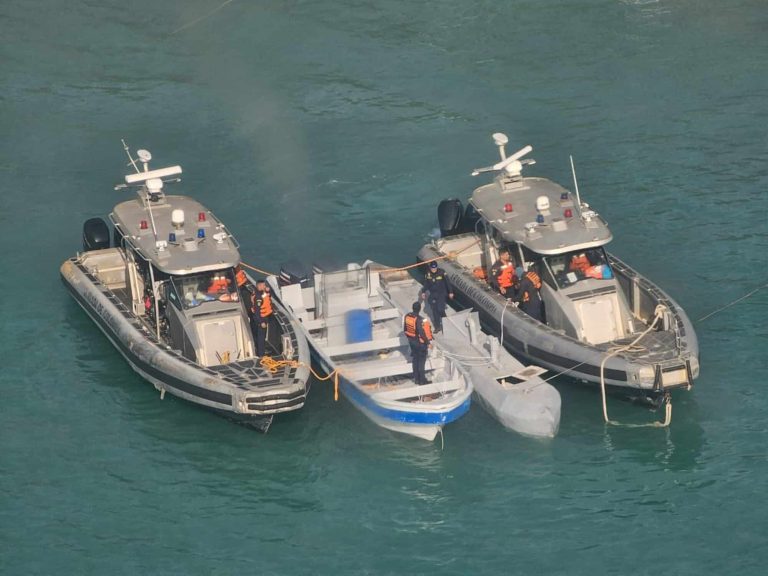
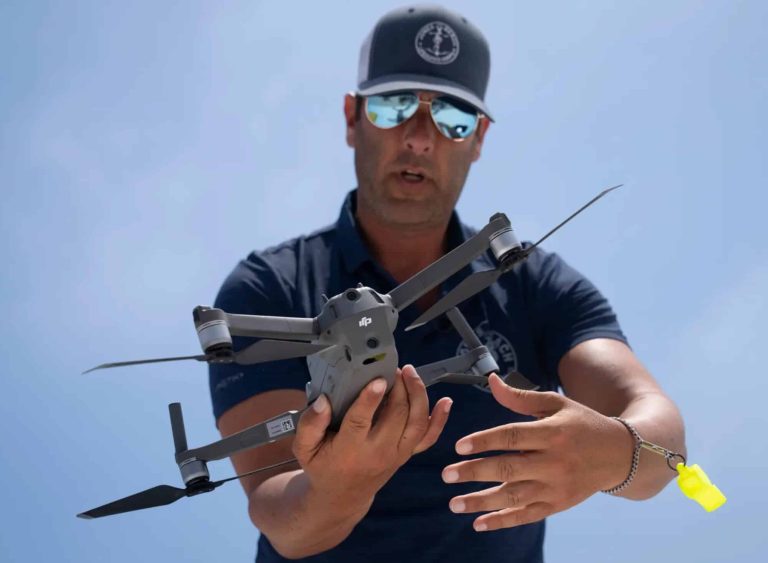


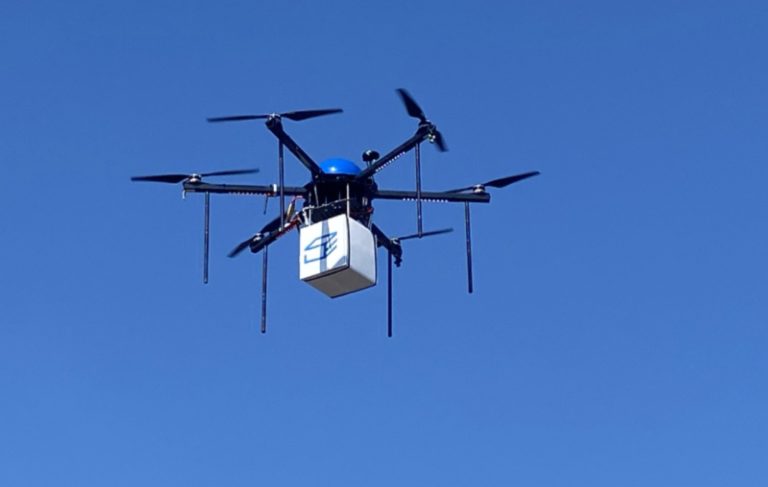

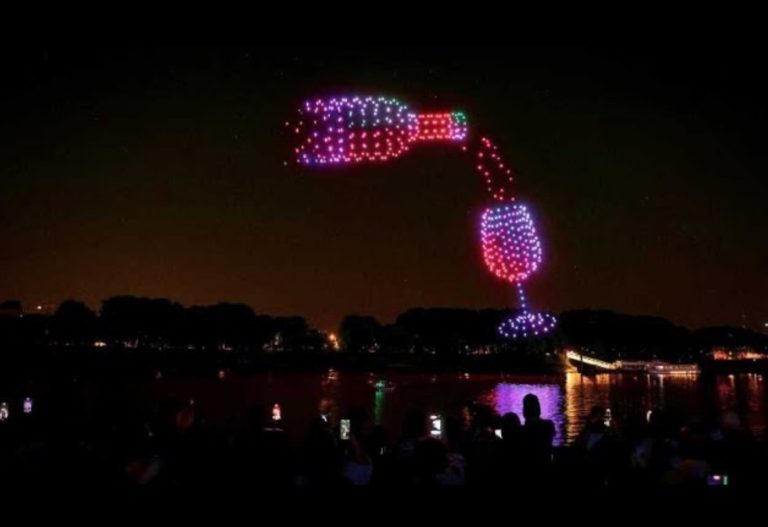
+ There are no comments
Add yours